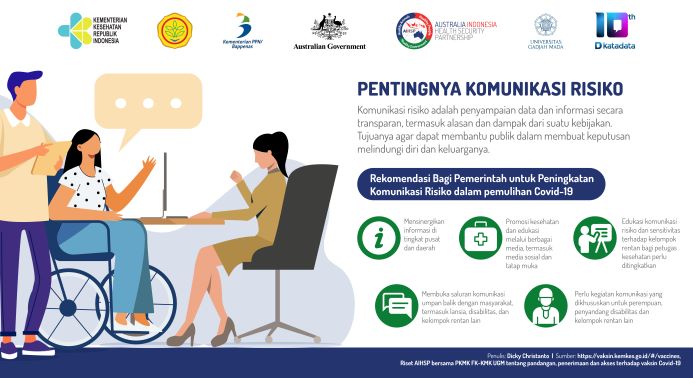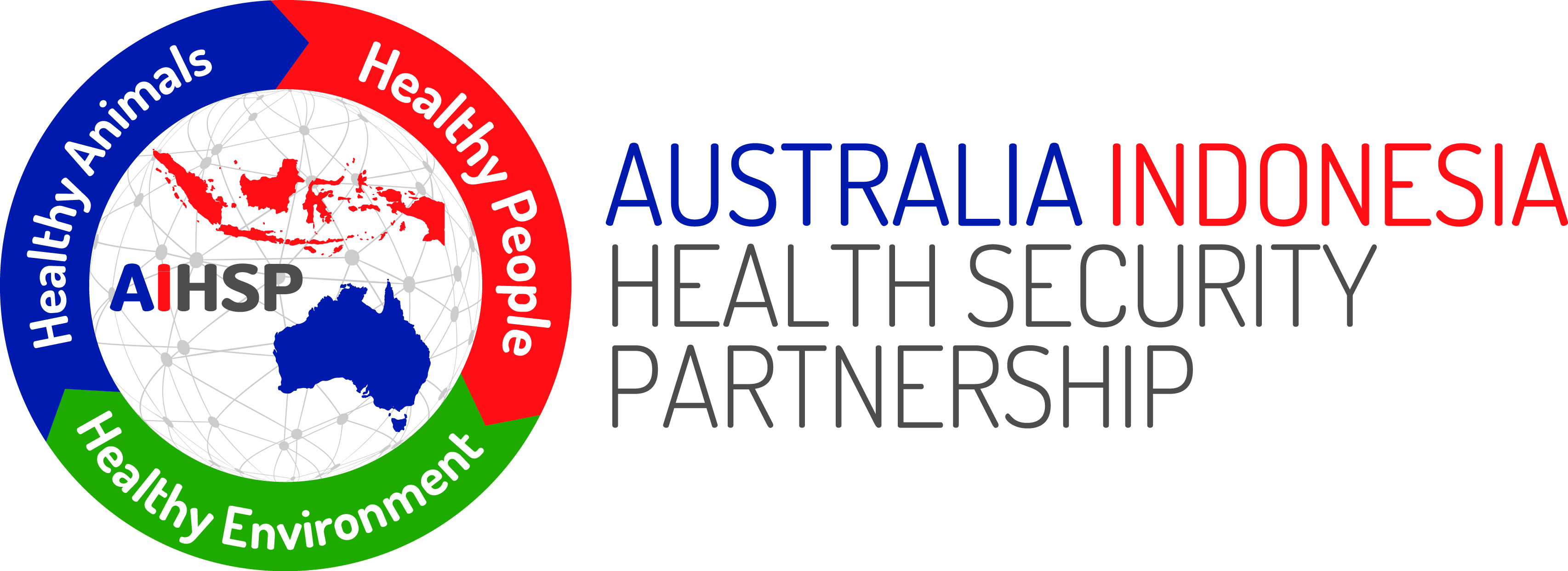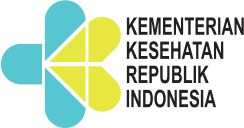COVID-19 response moves from sanctions to education

April 2022
As the world enters the third year of the COVID-19 pandemic, Indonesia’s health officials are considering moves to promote a more preventive strategy for restricting the spread of the coronavirus.
A central part of such a strategy is risk communication, which emphasizes the design of appropriate messaging based on the knowledge levels of target audiences across Indonesia.
The trend of diminishing COVID-19 cases across the archipelago underscores the importance of risk communication by the government to the public, with Indonesians expected to remain vigilant and maintain compliance with health directives in spite of the falling case count.
These issues were the focus of discussions held on 26 April 2022 between Indonesia’s Ministry of Health, the Australia Indonesia Health Security Partnership (AIHSP), heads of provincial and district or city health offices, and KATADATA (a company with expertise in data analysis).
The discussions were opened with remarks from the Secretary-General of the Ministry of Health, Kunta Wibawa Dasa Nugraha PhD, who said he expected the right risk communication strategy to be used by governments, including local governments, to maintain public awareness in following health protocols.
"It is hoped that this risk communication can be carried out through the delivery of information and education with narratives that are easy to understand and also accepted by the public," Kunta said, adding that the same strategy must also be able to reduce the circulation of hoax news related to COVID-19 and other health issues.
"Therefore, let us continue to protect the community by building a strong communication system and coordinating with various parties," he said.
Dwie Susilo MBA MPH, a senior researcher from the Center for Health Policy and Management at the Universitas Gajah Mada, made it clear that the community needs a promotive approach through communication that is persuasive and rich in information.
"They (the public) don't like threats. For example, 'if you don't get the vaccine, you won't be served or your social assistance will be stopped or detained. They don't like it," Dwie said.
With a view to changing Indonesia’s collective mindset about the disease from curative to promotive and preventive, the Head of the Communication and Public Service Bureau at the Ministry of Health, Dr Widyawati, emphasized that the risk communication strategy should build public trust and understanding to prioritize safety and health.
Dr Widyawati insisted such a strategy be thorough, effective, efficient, and synergistic by involving other government ministries and institutions and by using the expansive coverage of various media outlets.
"This includes appearances on television and radio talk shows, news articles and advertorials in online and print media, publication of content on websites, dissemination of educational materials via outdoor media and in public places, and use of video messaging on social media sites such as TikTok,” Dr Widyawati said.
Made Dwipayana, from the Jembrana Regency Health Office, added that the involvement of the community and religious leaders also plays an important role in influencing the public to remain compliant with health regulations.
Key audiences for risk communication, especially during religious holiday periods, would include travelers, drivers of private and public vehicles, tourism businesses, field officers from various industries, police, and transport and health service workers. The strategy also seeks to communicate effectively with the elderly, people with disabilities, and other marginalized groups.
Share this article on:




